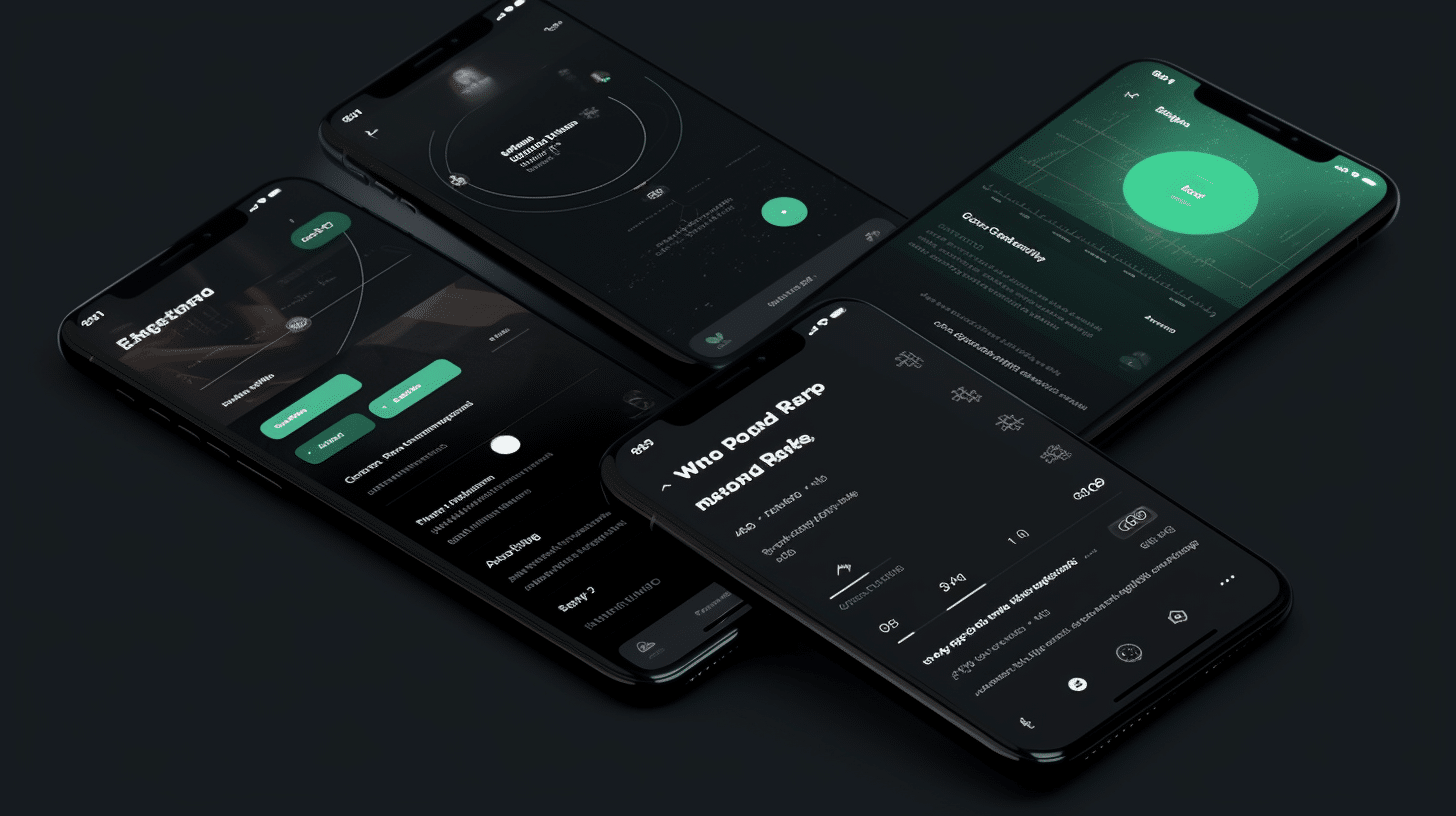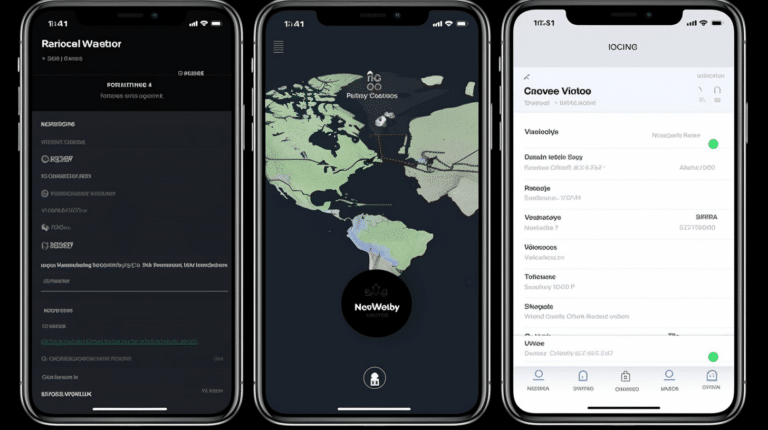As an avid music listener, you might be seeking ways to enjoy a seamless experience on Spotify, one of the leading music streaming platforms. Many users opt for the free version of Spotify that comes with ads, as they play in between songs, potentially interrupting your listening experience. This has led some users to explore ways to block ads on Spotify, seeking a more uninterrupted and enjoyable music experience.
There are several methods and tools available for blocking ads on Spotify, but it’s important to be cautious and consider potential risks associated with these practices. Some methods may result in temporarily blocking your Spotify access, while others could pose legal and ethical considerations. It’s essential to weigh the benefits against the challenges before embarking on the journey of ad-blocking for a more enjoyable Spotify experience.
Key Takeaways
- Users seek ad-free listening experiences on Spotify, leading to a search for ways to block ads
- Methods and tools exist for blocking ads on Spotify, but potential risks and side effects should be considered
- Legal and ethical considerations, alongside alternative options, are essential to weigh while seeking an ad-free Spotify experience
Why Users Want to Block Ads on Spotify
There are several reasons why users might want to block ads on Spotify. One of the main reasons is that ads can be disruptive to the listening experience. When users are enjoying their favorite songs or playlists, ads can break the flow and create an undesirable interruption. According to a study conducted by Tandfonline, the more free users Spotify can convert into paying subscribers, the greater the level of return to artists and labels, which shows that ads are an important aspect of the platform. However, their intrusiveness can still lead users to seek ways to block them.
Another reason why users may want to block ads on Spotify is that the ads may not be relevant or suitable for their interests. As pointed out in a study by journals.sagepub, some users have complained about the inappropriateness of ads on the Spotify Community forum. Irrelevant or unsuitable ads can frustrate users and decrease the overall enjoyment of the service.
Moreover, ads on Spotify can sometimes be repetitive in nature, which may lead to annoyance for users. Repetitive ads can be distracting, and hearing the same ads multiple times might negatively impact the user’s impression of the platform. In turn, this could prompt the user to consider methods to block ads on Spotify.
In summary, users may want to block ads on Spotify for various reasons, including interruptions to their listening experience, dissatisfaction with the relevance or appropriateness of ads, and annoyance due to repetitive advertisements. As a professional platform aiming to provide an enjoyable service to its users, it is essential for Spotify to address and consider these concerns while maintaining a viable business model.
Free Spotify vs Premium
Spotify offers two main listening experiences to its users: the free, ad-supported version and the Premium, ad-free version. Those who choose the free version can enjoy access to millions of songs and playlists, but they will encounter advertisements and have limited skips on mobile devices. On the other hand, the Premium version, which requires a monthly subscription, provides an ad-free listening experience, unlimited skips, and additional features.
One of the key differences between Free Spotify and Premium is the listening experience when it comes to interruptions. While using the free ad-supported version of Spotify, users will hear advertisements between tracks, which can be a distraction for some listeners. In contrast, Premium users can enjoy uninterrupted playback, as the subscription removes all advertisements from the platform.
In terms of audio quality, Premium subscribers have access to higher quality streaming options. Free users can typically access Spotify’s standard 128 kbps audio quality, whereas Premium users can enjoy up to 320 kbps, providing a noticeably richer and more enjoyable listening experience.
Another aspect that sets the two versions apart is the ability to listen offline. Premium subscribers have the privilege of downloading songs and playlists, making them accessible even without an internet connection. This is especially useful for situations like traveling or when the internet may be unreliable.
The limitations on skipping songs within the free version can be restrictive for some users. Free users on mobile devices are limited to six skips per hour, while Premium subscribers have no limitations to skipping songs, allowing them to fully customize their listening experience.
In summary, the choice between Free Spotify and Premium comes down to personal preference and the individual listener’s needs. The ad-supported free version provides a basic listening experience with occasional interruptions and limited controls, while the Premium version offers an enhanced experience, higher audio quality, and additional features like offline listening and unlimited skips. Both options cater to different listening preferences and budgets, giving users the flexibility to choose the right plan for them.
Methods to Block Ads on Spotify
Using Ad Blockers
Ad blockers are software or browser extensions that prevent ads from being displayed on websites or applications. Some ad blockers are compatible with Spotify and can help you block ads on the free version of the platform. However, keep in mind that Spotify frequently updates their service to counter ad-blocking measures. Although using ad blockers might work temporarily, it is not a guaranteed long-term solution. Remember, if you prefer an ad-free experience, consider upgrading to Spotify Premium.
Editing Host Files
Another method to block ads on Spotify is by editing the host files on your device. These files are used by your operating system to map hostnames to IP addresses. By adding specific entries related to Spotify ads, you can effectively block them. However, this method requires technical know-how and might not be suitable for everyone. Additionally, editing host files can impact the functionality of other websites and applications, so proceed with caution.
Here are the basic steps for editing host files:
- Locate the host file on your device:
- Windows:
C:\Windows\System32\drivers\etc\hosts - Mac and Linux:
/etc/hosts
- Windows:
- Open the file with administrator privileges using a text editor.
- Add the specific entries related to Spotify ads and save the changes.
- Restart your Spotify application.
Please note, this method may not be foolproof, as Spotify may still find ways to bypass these modifications.
Using a VPN
A VPN (Virtual Private Network) can also be used to block ads on Spotify. By connecting to a VPN, you can benefit from geo-restricted content. Some regions have fewer ads, improving your listening experience. Additionally, VPNs also offer privacy and security benefits.
To use a VPN for blocking ads on Spotify:
- Choose a reputable VPN provider.
- Download and install the VPN client on your device.
- Connect to a server in a region with fewer ads.
- Launch Spotify and enjoy reduced ad interruptions.
While using a VPN can help reduce the number of ads, it might not completely eliminate them. To have a completely ad-free experience, it is recommended to switch to Spotify Premium.
Ad Blocking Tools
In this section, we will discuss various ad blocking tools available for PC, Mac, and mobile devices to help users block ads on Spotify.
PC Platforms
For PC users, there are several ad blockers that can effectively block unwanted ads on Spotify. One popular option is AdGuard, which can be easily downloaded and installed on your Windows computer. AdGuard is known for its ability to block various types of ads, including those on Spotify. To use AdGuard, simply:
- Download the AdGuard application from their website
- Install the application on your PC
- Run AdGuard and configure it to block ads on Spotify
Another useful tool for blocking ads on Spotify on PC platforms is browser-based extensions such as uBlock Origin or Adblock Plus, which can be installed directly in your preferred browser. Keep in mind that these browser-based ad blockers may be less effective at blocking ads within the Spotify desktop application.
Mac Platforms
Mac users can also block ads on Spotify using dedicated ad blocking tools. AdGuard for Mac is available to download and install on macOS devices. The process for using AdGuard on Mac is similar to that for PC users:
- Download the AdGuard application for Mac from their website
- Install the application on your Mac
- Run AdGuard and configure it to block ads on Spotify
Additionally, Safari users can install ad-blocking extensions such as StopAd or Wipr to block ads while browsing the web and listening to music on Spotify.
Mobile Devices
For Android and iOS devices, there are dedicated ad blocking apps that can help block ads on Spotify. On Android, some popular options include AdGuard for Android and Blokada. To install an ad blocker on your Android device, follow the steps below:
- Download the selected ad-blocking app from their website or the Google Play Store
- Install the app on your Android device
- Run the ad-blocking app and configure it to block ads on Spotify
On iOS devices, AdGuard for iOS and Weblock are popular choices for blocking ads on Spotify. To install an ad blocker on your iOS device, simply:
- Download the selected ad-blocking app from the App Store
- Install the app on your iOS device
- Run the ad-blocking app and configure it to block ads on Spotify
Remember to use these ad-blocking tools responsibly and consider supporting your favorite artists and services by subscribing to premium plans that provide ad-free experiences.
Potential Risks and Side Effects
Blocking ads on Spotify may seem like a solution for uninterrupted music listening, but it comes with certain risks and side effects. This section will cover some of these issues.
Violation of Spotify Terms of Service
One major concern is that blocking ads on Spotify might lead to a violation of the platform’s Terms of Service. Using ad-blockers or other means to circumvent or remove ads from Spotify may be considered noncompliant behavior. This could result in account suspension or termination if detected.
Functional Issues
Blocking Spotify ads may cause functional issues within the app. For instance, the ad-blocker might mistakenly block other necessary components of the app, affecting its performance and causing the music to stop or buffer frequently. In some cases, it may also prevent the correct display or functioning of certain features, such as playlist updates or the ability to save tracks.
Malware and Security Threats
Trying to block Spotify ads using third-party tools can expose users to malware and security threats, particularly if downloaded from unverified sources. There’s always a risk that these tools may harbor malicious software that could infect your system and compromise your personal data. To protect your device and sensitive information, it is crucial to avoid using unauthorized software or ad-blockers with questionable origins.
In summary, while blocking ads on Spotify might seem appealing, outweighing the costs of potential risks and side effects is crucial. Violating the Spotify terms, experiencing functional issues, and exposing oneself to malware and security threats are reasons to consider before seeking solutions to block advertisements on Spotify.
Legal and Ethical Considerations
Before delving into the methods of blocking ads on Spotify, it’s important to consider the legal and ethical implications of doing so. Although blocking ads may appear to be a harmless act, it could potentially infringe on the terms of service set forth by Spotify, particularly if their revenue model relies on advertising income.
Spotify offers two types of subscriptions: a free plan which is supported by ads, and a premium plan, which is ad-free. By using the free plan, users agree to periodically be exposed to both audio and video advertisements. In return, the service provides access to millions of songs and podcasts at no additional cost. Blocking ads on the free plan might not only violate the terms of service but also jeopardize the availability of this cost-free access to content.
It’s worth noting that the revenue generated from advertisements significantly contributes to compensating artists and content creators on the platform. When ads are blocked, it disrupts the flow of income, potentially affecting the livelihoods of those who rely on streaming for a portion of their revenue.
In light of these concerns, users who prefer an ad-free experience might consider upgrading to the premium subscription. This option not only eliminates ads but also offers additional benefits, including higher audio quality, offline listening, and access to exclusive content. By opting for the premium plan, users can enjoy uninterrupted music and support the platform, artists, and content creators.
In conclusion, the legal and ethical factors associated with ad-blocking on Spotify should be taken into account before attempting to bypass ads. To respect the effort put forth by artists and maintain compliance with Spotify’s terms of service, considering a premium subscription is a more suitable approach for those who seek an ad-free experience.
Alternative Options to Enjoy Ad-Free Spotify
Upgrading to Spotify Premium
One of the most straightforward methods to enjoy ad-free Spotify is by upgrading to Spotify Premium. As a Spotify Premium subscriber, you receive not only an ad-free listening experience but also additional benefits like improved audio quality, offline listening, and the ability to download music. The price for a Spotify Premium subscription may vary depending on your region and the type of plan you choose (individual, family, or student).
It’s essential to weigh the benefits of a premium subscription against your budget and usage requirements. Investing in Spotify Premium can provide a seamless listening experience without interruptions from audio ads, making it an attractive option for music enthusiasts.
Switching to an Alternative Music Streaming Service
If upgrading to Spotify Premium is not within your budget or preferences, you can consider switching to an alternative music streaming service that offers ad-free listening. Some popular alternatives include Apple Music, Tidal, and YouTube Music, each with different pricing and feature offerings. Be sure to evaluate these services based on their music libraries, audio quality, and compatibility with your devices.
For those seeking a more cost-effective solution, free music streaming services like SoundCloud and Pandora offer ad-supported listening experiences with options to upgrade to ad-free plans. Moreover, some web browsers like the Brave browser may help block banner ads and provide a more enjoyable listening experience.
Keep in mind that switching to another streaming service may require you to recreate your playlists and adapt to a new platform interface. Nevertheless, exploring alternatives can lead to discovering new features, music, and a more personalized listening environment.
Frequently Asked Questions
How can I prevent Spotify ads from playing?
To prevent Spotify ads from playing, you can upgrade to a Spotify Premium subscription, which removes ads and provides additional features like offline listening and higher sound quality. Blocking ads on the free version of Spotify is against their terms of service, and it may result in the suspension or termination of your account.
What are some effective ad-blocking options for Spotify?
While it’s important to note that using ad-blocking options on Spotify is against their terms of service, some users have reported using third-party applications or modifying their hosts file to block ads. However, these methods may lead to account suspensions or bans, so it’s best to consider upgrading to Spotify Premium for an ad-free experience.
Is there a Chrome extension to block Spotify ads?
There aren’t any reliable Chrome extensions specifically designed to block Spotify ads in the web player. Additionally, using an ad-blocking Chrome extension with Spotify might violate their terms of service. To enjoy an ad-free experience, consider upgrading to Spotify Premium.
Can I use ad blockers on Spotify in Windows?
It’s not recommended to use ad blockers with Spotify on Windows, as this may violate their terms of service and could result in account suspensions or bans. The best way to enjoy an ad-free experience is to upgrade to a Spotify Premium subscription.
How do I remove ads using adblock on Spotify apk?
Using an adblocker on an unofficial (or modified) Spotify apk can lead to account suspension or termination as it’s against Spotify’s terms of service. The recommended approach to remove ads is by upgrading to a Spotify Premium subscription, which ensures an ad-free experience and additional benefits.
Are there any ad-free alternatives to Spotify?
Yes, there are several ad-free alternatives to Spotify, mainly offered by their premium subscription plans. Some popular music streaming services that offer ad-free experiences include Apple Music, Tidal, Amazon Music Unlimited, and Deezer Premium. Each of these services comes with its own unique features, so it’s essential to research and find the best one that suits your needs.






